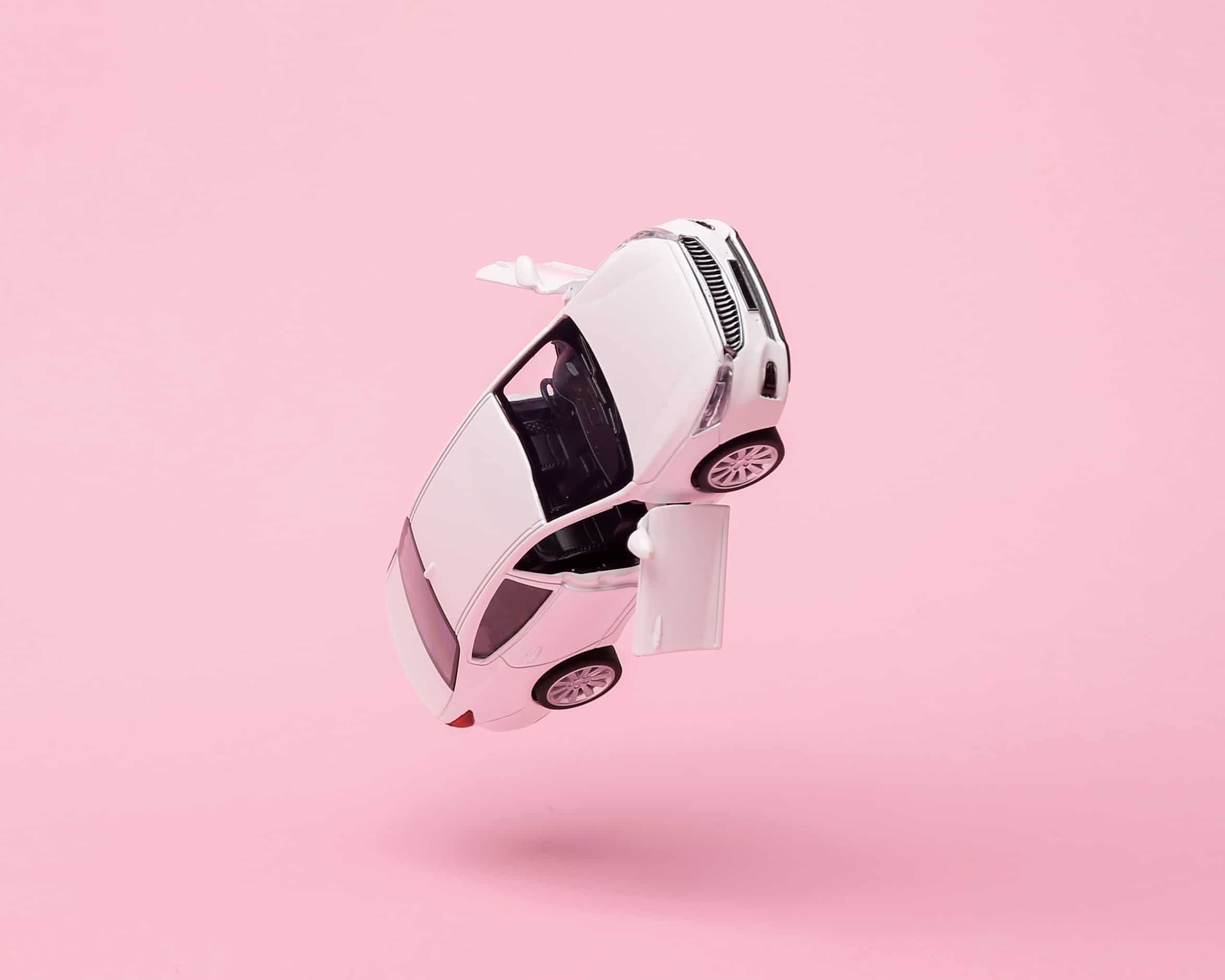Inflation affects not only the price of petrol and of purchasing a new car, it also increases the cost of vehicle repairs and insurance premiums. Here’s what to keep in mind…
While it is sometimes true that your insurance premiums decrease as your car gets older, this is not always the case, especially when inflation is high. Premiums tend to increase in line with inflation.
On The Rise
According to the Bureau for Economic Research (BER) at Stellenbosch University, we can expect inflation to remain at around 7% for the next several months as higher diesel prices and input costs hit consumers.
Barend Smit of MotorHappy, a supplier of motor management solutions and car insurance options, says an elevated inflation rate usually means increased costs associated with vehicle repairs, and ultimately, insurance. “Your car depreciates in value as it gets older. It begins to show more signs of wear and the mileage increases.
However, the cost of repairing your car – the price paid for paint, parts and labour – continues to increase in line with inflation,” he explains. “Even if your car is worth less than when you bought it, repairs are still costly.
For example, if your car’s side mirror needs to be replaced, the cost of the mirror and the labour associated with the repair will be high, regardless of how old your car is.”
Caution Ahead
Insurers report that most claims are a result of accident damage. This means the insurance carries a greater risk of paying for accident damage than for vehicle theft or total write-off. As a result, a greater percentage of your premium goes towards the risk of accident damage.
“As the cost of vehicle repair increases because of inflation, it’s likely that the price of insurance premiums will increase too,” says Smit. “Your monthly premium is impacted by several factors – some are within your control and others are not. When it comes to low insurance, shopping around will find you the best price.”
“EVEN IF YOUR CAR IS WORTH LESS THAN WHEN YOU BOUGHT IT, REPAIRS ARE STILL COSTLY”
Factors That Increase Insurance Premiums

Choosing the incorrect excess amount
The excess is the amount you are liable to pay when you are in an accident or your car is stolen. If you choose a low excess amount, your monthly insurance premiums will be higher. However, if you choose a high excess amount to get lower monthly premiums, be sure that you are in a financial position to pay that excess if your car needs to be repaired or replaced.
A history of previous claims
To calculate your insurance premiums, companies look at how often you have claimed in the past. People who aren’t involved in many accidents or who haven’t claimed often will enjoy lower premiums and sometimes even cash-back rewards.
Choosing comprehensive coverage
This is the most expensive type of insurance because it covers your vehicle for fire, theft, hijacking, natural disaster or an accident with another vehicle, regardless of fault. In the event of a claim, you are only responsible for the excess to repair or replace your vehicle. If your car is financed, most banks will require comprehensive coverage.
Driving a luxury car
Premiums are usually higher for more luxurious and high-end vehicles because it’s more expensive to repair or replace these cars.
Where your car ‘sleeps’
The neighbourhood you live in impacts your insurance premiums – if you live in a high-risk area, your insurance cost will be higher. If you park your car overnight in a locked garage, and if you have additional security features such as a tracker and an alarm, your insurance premiums might be lower.
Using your car for business
If you drive your car for work throughout the day, your insurance premiums will be higher because more time behind the wheel usually means higher risk.
Your age and gender
Younger, less experienced drivers usually pay more for insurance. And coverage for men is usually more expensive than for women because men are seen as a higher risk.
Words by Motorhappy
Photography: Galloigetty Images.







